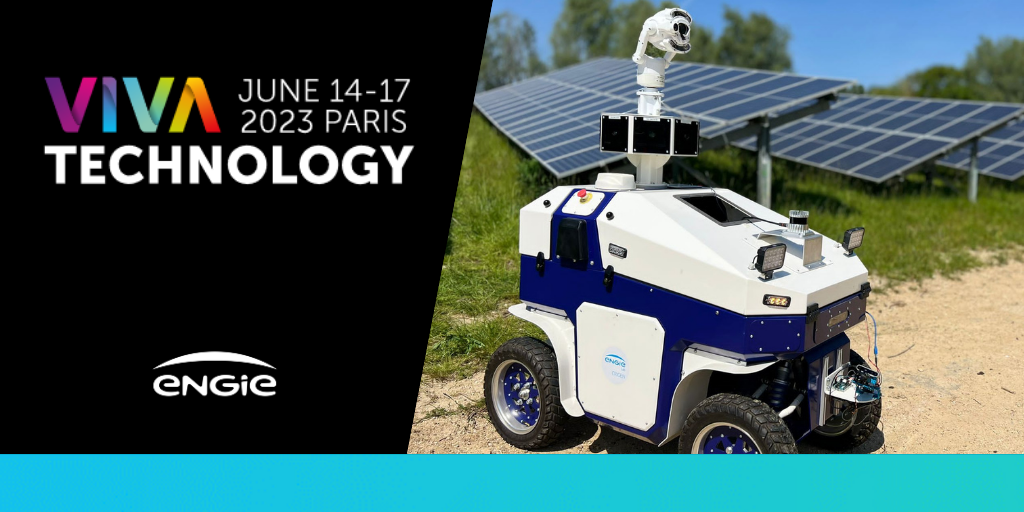

Drones or robots can be used for tasks with low added value, or which have to be carried out in harsh environments or difficult conditions.
The Drones & Robots Lab has around ten people. Our core function is to develop intelligent robotic solutions that use mobile platforms (robots, drones) to carry out inspections or take measurements autonomously. The goal is to enhance the equipment’s operational performance. Specifically, our work involves assessing the energy efficiency of buildings, detecting gas leaks, inspecting wind turbines or photovoltaic parks, or carrying out underwater inspections.
Both our flying and land-based tools can support the work of human operators. Drones or robots can also be used for tasks with low added value, or which have to be carried out in harsh environments or difficult conditions (low or high temperatures, presence of pollutants, noise, dangerous spaces, etc.). This lowers the risk to humans. Of course, people are still central to the process, especially in the tool development phases, to handle and classify the defects observed on the ground. When we have the right tools for the autonomous, recurrent collection of data, we can do even more with its processing. For example, by developing or supplying predictive maintenance tools to further enhance operational excellence.
In our laboratory, we develop solutions for our colleagues in the Group’s operational entities, or which could be sold to their customers in the future. This may span a range of fields, including wind, photovoltaic, building efficiency or gas infrastructure management. But our job is R&D, not construction. So most of the time we rely on existing commercial solutions that we “customise” with our own technological building blocks. A drone or a robot is simply a carrier that moves sensors around to meet the needs of an inspection – no more and no less. By adding optical sensors to these mobile tools in the form of eyes and an embedded computing board (a small embedded PC) as a type of “brain”, we give them the ability to navigate and therefore collect data autonomously. However, there are exceptions. If there is no platform on the market that meets our specifications in terms of range, clearance capacities, sensor carrying and processing units, we can develop these from scratch. This was the case for our robot, Fred.
Fred was initially designed specifically to monitor sensitive sites. Today, we are trying to see whether, based on his sensors, and in particular his high-resolution visible and thermal cameras, he could be used to optimise the ground-level inspections of photovoltaic parks. These inspections are currently performed by human operators, often following thermographic drone inspections. Their goal is to give a more accurate impression of the defects detected and to improve the planning of any subsequent maintenance actions. Our robot could handle this. If necessary, it could even record the serial number of a defective panel to make a claim under the warranty. For example, it could even automate the replacement of parts under warranty.
As things stand, this tool does not exist. But we feel that the market is booming for “drones in a box” that are permanently installed on large solar production sites [drones that remain on site to meet monitoring needs and perform operation and maintenance tasks]. This type of system is particularly suited to the US market. In France, we would rather use a fixed robot to fine-tune drone inspections and prepare maintenance actions as well as possible.
The fact that drone and robot solutions remain on site for long periods of time can also help us to better anticipate any changes in the identified defects, such as vegetation growth, which can impact production, or cell failures, module cracking, etc. This leaves us better positioned to foresee the predictive maintenance actions that need to be carried out.
I am split between two topics that are close to my heart: electricity generation and water conservation. Water is a central issue in the current energy transition, for which ENGIE must also be a driving force. In the meantime, as I have no magic powers, I have installed 3,000-litre tanks on my roof, and I am happy when it rains. So life is always beautiful!